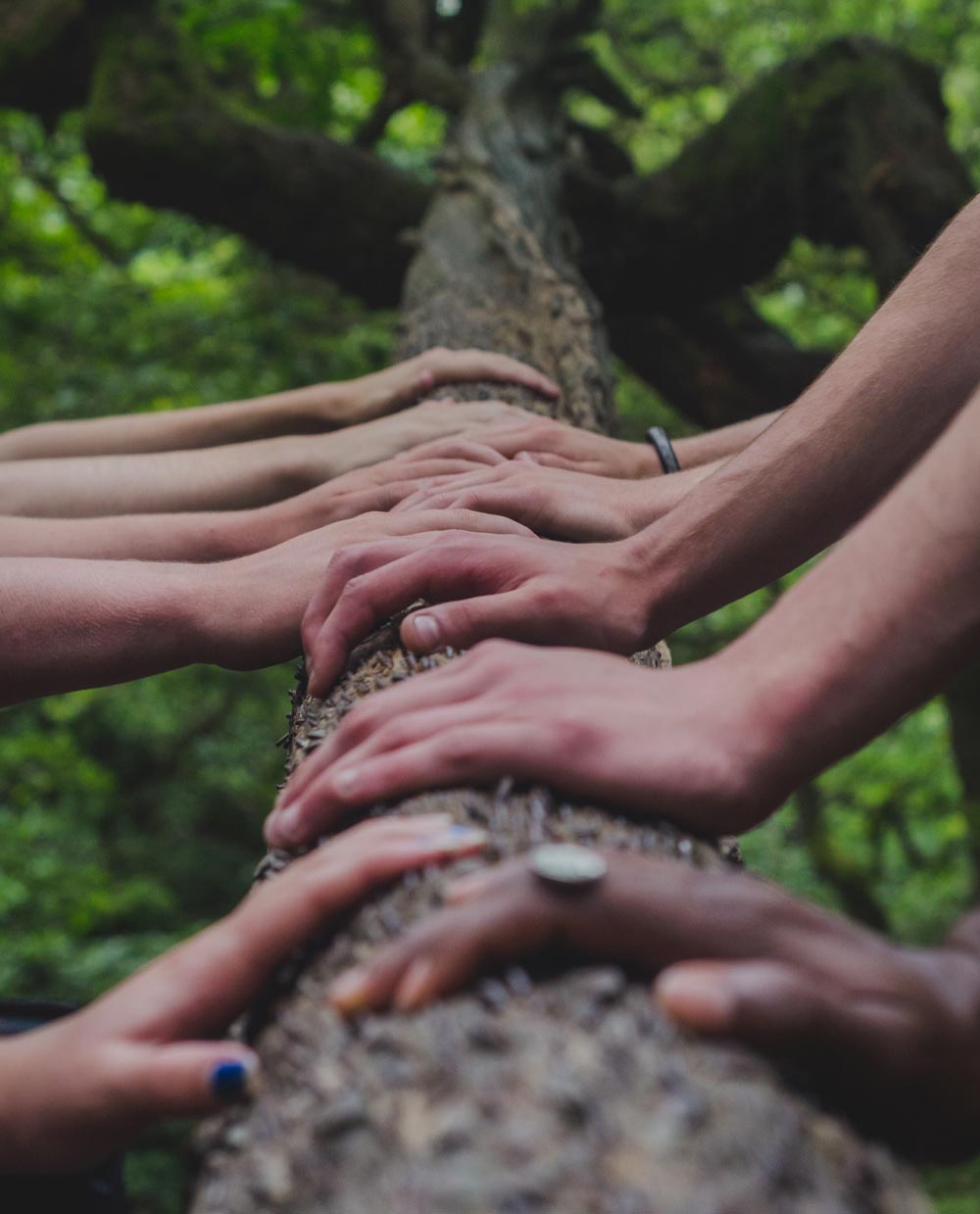Our obsession with light skin

Photo by Shane Rounce on Unsplash
“Your skin is like pebbles and mine is like peaches,” my 4 year old cousin exclaimed to her darker toned friend. To me this was quite shocking as I started to wonder how my baby sister could discriminate at such a young age. Then I remembered my own experience.
It’s everywhere isn’t it ?
As a fair skinned girl growing up in India, my skin colour had been represented everywhere and I often remember thinking to myself that I got really lucky.
Even as a child, I noticed I was always more confident to step up and take part in activities like the school play, debates, the choir and never really had any stage fright, while my darker friends were happier existing in the background. Sometimes they wouldn’t even take part in outdoor sports because of a possible tan. I never really understood their insecurity and would often make fun of it. If any of you are reading this now, I am so sorry.
Surprisingly, ancient India wasn’t obsessed with light skin. We accepted that we are a diverse country with different looking people. It was clear that the colour of our skin was only based on the geographical location of the citizen and nothing more or less. People from the North of India had fair skin, people from the North East had a yellowish skin tone, and those from the South of India had dark skin.
It is important to acknowledge that there were some other main classifications and they often overlapped, based on region, religion, caste, sub caste, Jati, Gotra, Kula, Varna and Language. However, the categorization of people began with the hierarchy of occupation and wasn’t birth based or rigid until much later. The division of the four castes according to occupation included the Brahmins, Kshatriyas, Vaishyas and Shudras and all were considered an equal part of the same system.
According to the Rig Veda, the discrimination, when it came to colour of skin, started with the aryans and their enemies that belonged to the tribal population of the region known as Dasyus and Dasas. Though hate and war weren’t because of the difference in the colour, but over territory, wealth and cattle. Infact, most Hindu gods are depicted as dark skinned, so it is hard to believe that being of a darker colour was a bad thing in India, at least in its origins.
We see a real shift only after India started to get invaded by the West. When the British came, they entered with the belief that they were the fairer, “superior” and more “intelligent” race and they had the right to rule over the “inferior” and the “dark skinned” people of India.
In practice, for example, the British needed India’s manpower so they would employ them for low ranking jobs and to fill up their army. In instances like this the fairer Indians would get more preferences over the rest. They would get better paying jobs and hence more respect, creating the divide between the light and the dark Indians.
Unfortunately even after Independence we have carried this divide with us. We associate desirability, power and beauty with white skin. Skin tone is still so deeply attached to the normal Indian psyche that it gets confused with the societal value system of caste, class and religion. If you’re fair skinned in India you are not only accepted but also celebrated as is, but if you aren’t, then you often face years of conditioned trauma, heavily influenced by colonialism.
Working in the media, I can tell you that unless you are white skinned, chances are you won’t be casted as the hero of the story. You are often either the villain or belong to a poor family – someone most likely not to succeed in life.
We see white skin everywhere–on billboards and on television screens showing us that this is acceptable beauty. “White Beauty” is another drop in the pond of unattainable beauty standards we crave so much to reach . We’re still selling whitening creams, bleach treatments, facial peels, de-tanning products and so much more. At one time I thought that sunscreen was only to prevent me from getting dark and not to protect my skin from the sun’s harmful UV rays.
Well it’s a whole load of crap.
We aren’t any less part of this society if we have dark skin and celebrating all our skin tones only makes us more accepting of who we are. As individuals and as a beautifully diverse country.
Say it with me:
Brown is beautiful.

I truly believe that things are changing for the better , people don’t look at the colour of your skin and jump to conclusions as much anymore.
I also believe that you will help .. your ideas and views when put forward with love and positivity will help people move on. Move to seeing people not their skin colour.
As for me Brown IS beautiful. There’s colour there’s life, the skin tone is alive, best is you age gracefully not many wrinkles.